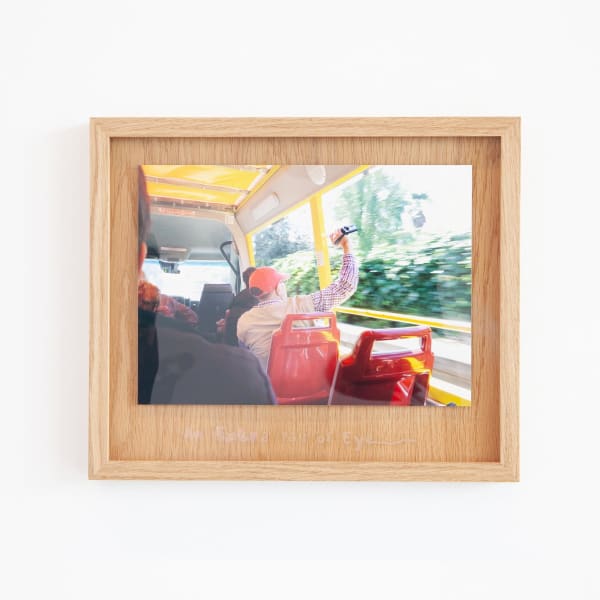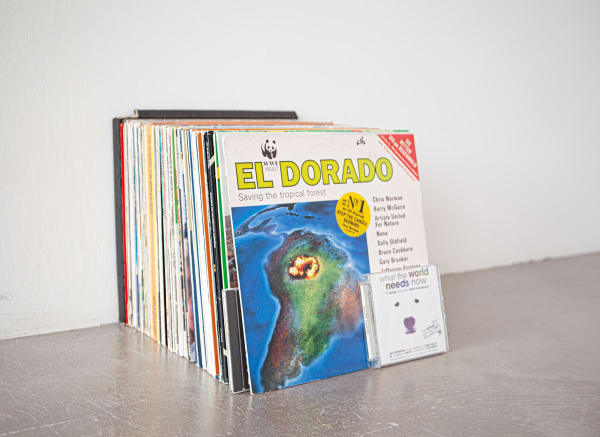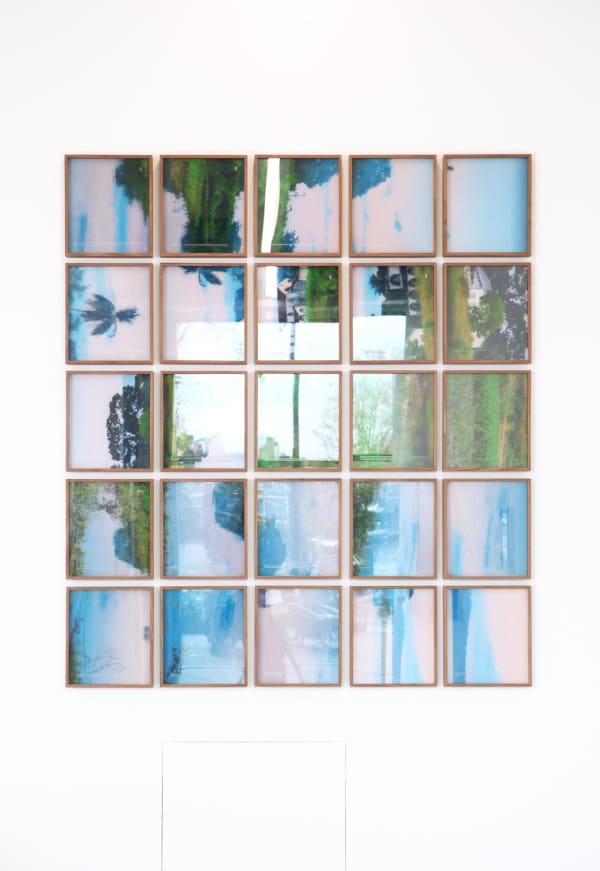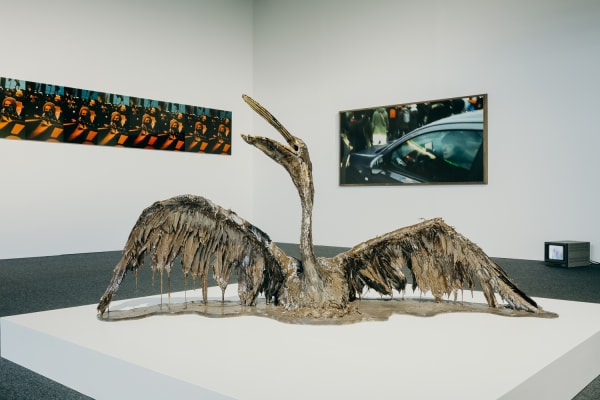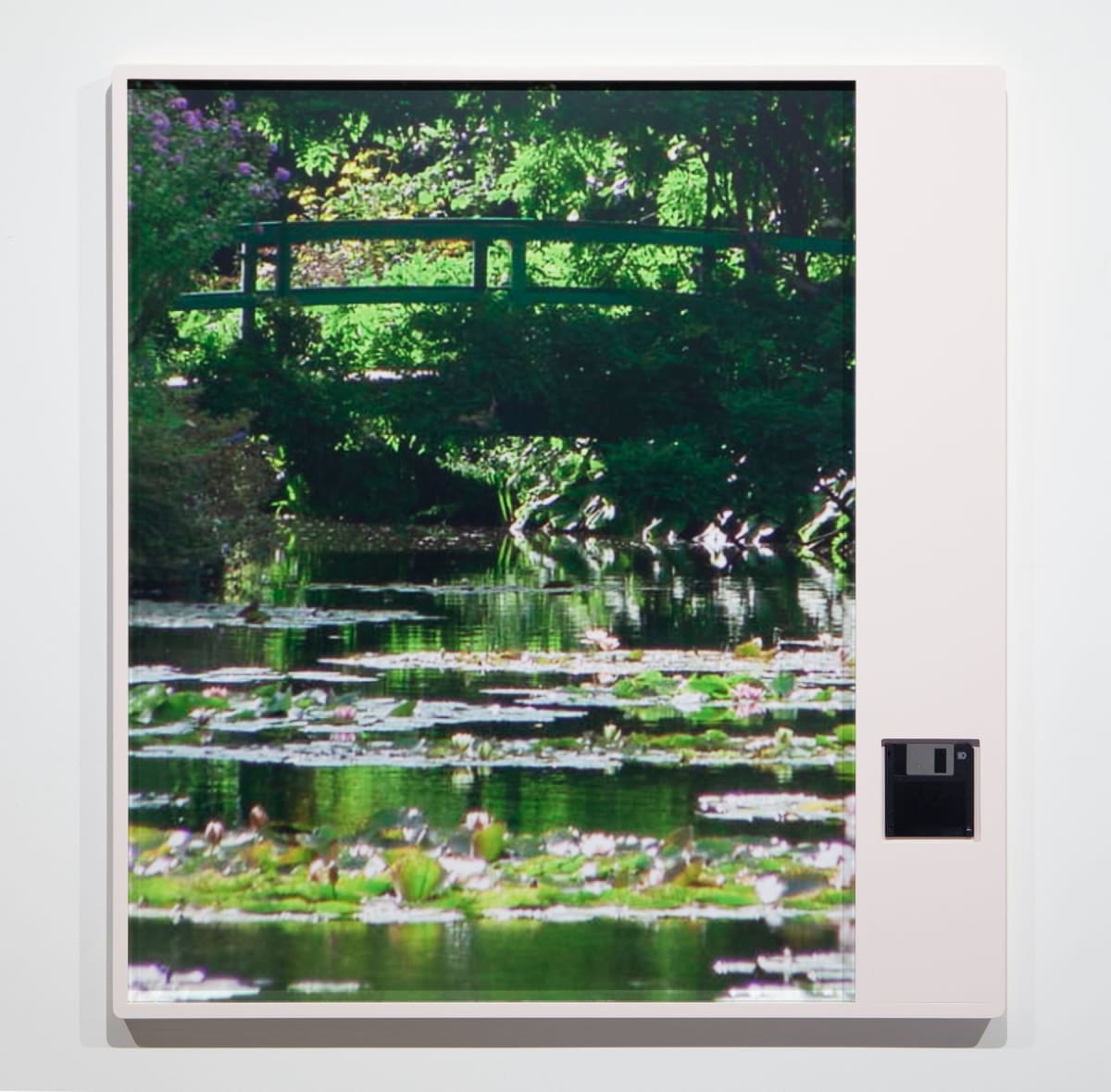Biennale für aktuelle Fotografie Mannheim
Shaping Data
Shaping Data explores how the widespread use of digital technologies affects our physical bodies, frames our opinions, and alters human interactions. We spend lots of our time with our devices sharing often personal data that fuels algorithms. In turn, these algorithmic processes decide what we see and hear. This immediate feedback creates the illusion that we are in control of our own lives and the lives of others.
The selected artists in Shaping Data critically examine the relationship between physical and virtual worlds while disrupting existing technologies. They try to reveal patterns created by artificial intelligence; for example: wherever there are biased people, there are biased images, and biased algorithms that have sorted those images.
Shaping Data also presents possible futures in which our enhanced bodies and lives become the new norm. What does it mean to be human in a highly automated world and how can we shape the data in an effort to create a more equal world?
The exhibition Narratives of Resistance focuses on marginalised conflicts between national governments and indigenous communities. Large-scale lithium mining infrastructure in northern Portugal, the protracted struggle for Adivasi territory in central India and the ecological challenges facing Nepal in the Chitwan region: these have all had a serious impact on the inhabitants and their lands.
The artists have carefully documented these social and political uprisings against land grabbing, resource exploitation and the continued disregard for human rights. By using fictional storytelling strategies while adding historical documents and images of the people themselves, they have found innovative ways to tell these histories.
The perspective of the accounts is of those who have been living through the events for a long time and feel the loss of a lasting relationship with their environment and its profound transformations. Could these narratives of resistance become living archives that can contribute to the recognition of, and justice for, these resistance movements?
-
 Thomas Kuijpers, Amazon (Bon)fire, 2021
Thomas Kuijpers, Amazon (Bon)fire, 2021 -
 Thomas Kuijpers, An Extra Pair of Eye, 2021
Thomas Kuijpers, An Extra Pair of Eye, 2021 -
 Thomas Kuijpers, Burst (Continuous Light), 2021
Thomas Kuijpers, Burst (Continuous Light), 2021 -
 Thomas Kuijpers, Collection of Charity Records, 2020 - ongoing
Thomas Kuijpers, Collection of Charity Records, 2020 - ongoing -
 Thomas Kuijpers, Deepwater Horizon, 2021
Thomas Kuijpers, Deepwater Horizon, 2021 -
 Thomas Kuijpers, France, 2020, 2021
Thomas Kuijpers, France, 2020, 2021 -
 Thomas Kuijpers, Notes From a Meek, 2021
Thomas Kuijpers, Notes From a Meek, 2021 -
 Thomas Kuijpers, Personal Note, 2021
Thomas Kuijpers, Personal Note, 2021 -
 Thomas Kuijpers, Real Dear, 2021
Thomas Kuijpers, Real Dear, 2021 -
 Thomas Kuijpers, Results (Grid), 2021
Thomas Kuijpers, Results (Grid), 2021 -
 Thomas Kuijpers, This Is Where It Happens (part 2) , 2021
Thomas Kuijpers, This Is Where It Happens (part 2) , 2021 -
 Thomas Kuijpers, Triad, 2021
Thomas Kuijpers, Triad, 2021


